|
Dear Andrea, How do I know when it's time to start daytime mouthpiece ventilation? I really don't want to do this unless it's necessary. Sincerely, Reluctant to Start MPV 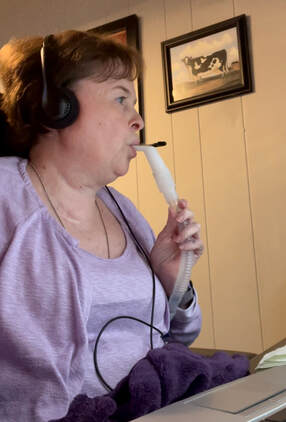 Dear "Reluctant to Start MPV," Looking back, I had mixed feelings about using Mouthpiece Ventilation (MPV). I feared it would make me look weaker than I was. I was concerned about my appearance and did not want mouthpiece ventilation to be socially "off-putting." At the same time, I knew it would be less extreme for me than wearing my nasal mask in public, and I was not going to deprive myself of something I needed just because I was concerned about my appearance. In the spring of 2015, I asked my neuromuscular pulmonary specialist to try mouthpiece ventilation, because I wasn't sure if switching to a multi-mode ventilator and using a new mode of noninvasive ventilation for sleep was going to be enough to make me feel back to "my normal" during the day. I had been fighting sleepiness throughout the day, nodding off briefly if sitting quietly and reading and even found myself struggling to stay alert in meetings. I would come home from work so worn out that going to bed was all that I could do, and it took a multi-hour nap on my ventilation to replenish my energy. In July of 2015, insurance approved my switch from a bi-level device that used a BiPAP S/T mode to a Trilogy 100 multi-mode, dual-prescription ventilator. I was labeled "failing BiPAP" after trying BiPAP S/T settings increases numerous times over a period of months. I had reached the max pressure on the machine and still experienced symptoms that I was having before I began to use mechanical ventilation. The Trilogy was delivered and enabled with one prescription for sleep (AVAPS AE) and a second setting enabled for use with a mouthpiece, as needed. To my disappointment, the settings were wrong; I was given the same settings for use with a mouthpiece as I was prescribed for nighttime mask use, minus some subtle differences. I knew the second I placed the 22 mm mouthpiece in my mouth that it was wrong. I was getting several different-sized breaths and was unable to stack breaths (sip small breaths in succession to fully fill my lungs as if I was taking a deep breath). Also, the mouthpiece was blowing air on me forcefully when I removed it from my mouth. This went against everything I knew about mouthpiece ventilation from others who were using it; this was so discouraging! Both my neuromuscular specializing pulmonologist (now retired) and respiratory therapist (RT) at the time had never prescribed or worked with a patient using mouthpiece ventilation. This is common in the US. I got the impression that it was going to be up to me to sort this out. I knew the mode enabled was incorrect, and another individual with the same neuromuscular diagnosis assisted me in understanding what settings mode I needed, based on what he was using. It was the Trilogy 100's proprietary volume-based mode called "Mouthpiece Ventilation (MPV)." And to prevent the constant, strong flow of air, a setting referred to as a "kiss trigger" would be enabled. My RT contacted a regional Respironics representative who agreed with what I had learned. My pulmonologist signed off on the change, and the new settings were enabled. As a result, the device only delivered a breath when I closed my lips around the mouthpiece, delivered the same sized breath each time, allowed me to stack small breaths in succession, and only blew a light amount of air when the mouthpiece was outside of my mouth. After a period of using MPV almost daily for a few years, I found I no longer needed it except in specific scenarios:
But back to the question you asked, "When do I know it's time to start mouthpiece ventilation?" When to start MPV can vary from person to person. In some cases, the person wakes up, goes off of their nighttime ventilation, and feels as if they need ventilation again within minutes to a few hours. For others, they feel the need to have breathing support periodically throughout the day. In some cases, individuals are able to work with their clinician(s) to adjust their nighttime ventilation, increasing pressure and/or tidal volume, lowering EPAP (expiratory positive airway pressure), changing respiratory rate, or even moving from a BiPAP S/T mode to an AVAPS AE or other mode. When changes are made in nighttime mechanical ventilation, some find they do not need mouthpiece ventilation during the day. The bottom line: you should not shy away from asking to try mouthpiece ventilation. If you do not try it, you will never know if it will work for you. What do I need?
Additional Considerations: If you are unable to lift the mouthpiece to your lips, you may want to consider a gooseneck tubing assembly that places the circuit within wheelchair-mounted bendable tubing that allows the user to move their head slightly to reach the mouthpiece and close their lips on it. You may also need a transport bag for your vent and/or backpack hooks on the power chair to safely transport it. Your respiratory care company should be able to assist in ordering one of these or suggest a store-bought alternative. Some have requested a vent shelf to be added to the back of their power chair, a part your wheelchair provider should be able to assist in finding. Be sure to get all of the specifications for this before ordering, as some find a shelf makes the vent stick out further than they want. Individuals that are still ambulatory may want to consider pushing the vent on a pole that can be purchased for their specific model or placing it on a rollator walker that has a seat. Using a small cart on wheels is also an option some have used. You may need assistance moving the same vent from the wheelchair to the bedside and vice versa; the portable vents of today weigh approximately 8-10 pounds. Many United States insurance companies will not cover a second vent, so this daily task is often assigned to a caregiver.
I hope what I have shared helped you to learn more about mouthpiece ventilation so that you can speak to your clinician and determine if it might be right for you. Take care, Andrea Comments are closed.
|
AuthorAndrea is the Founder & President of Breathe with MD, Inc. and served as Ms. Wheelchair Tennessee 2017. Her blog posts are based on experience living with a Neuromuscular Disease. The blogs are not to be used as a substitute for medical care. Always seek medical advice and care from a licensed medical professional. Archives
June 2023
Categories |
Breathe with MD, Inc. is a U.S. registered 501(c)(3) nonprofit organization. Donations are tax deductible to the extent allowable by law.
Note: This website should not be used as a substitute for medical care. For medical care or advice, please seek the care of a clinician who specializes in the breathing issues of those with Neuromuscular Disease (NMD).
Web Hosting by Hostgator
Note: This website should not be used as a substitute for medical care. For medical care or advice, please seek the care of a clinician who specializes in the breathing issues of those with Neuromuscular Disease (NMD).
Web Hosting by Hostgator

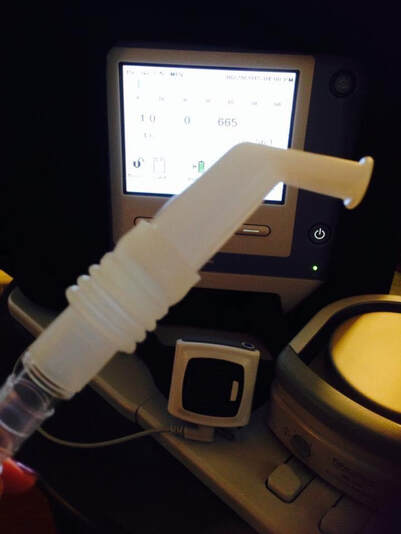
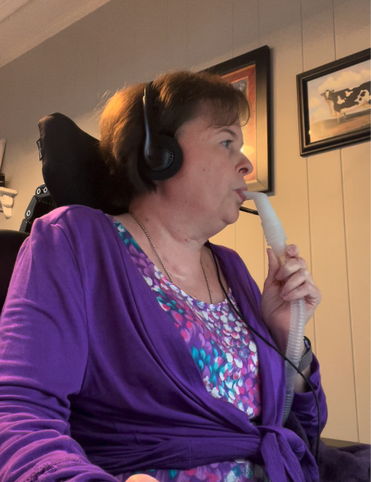
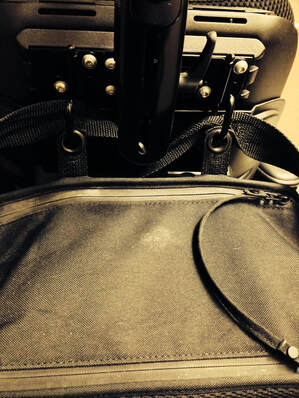
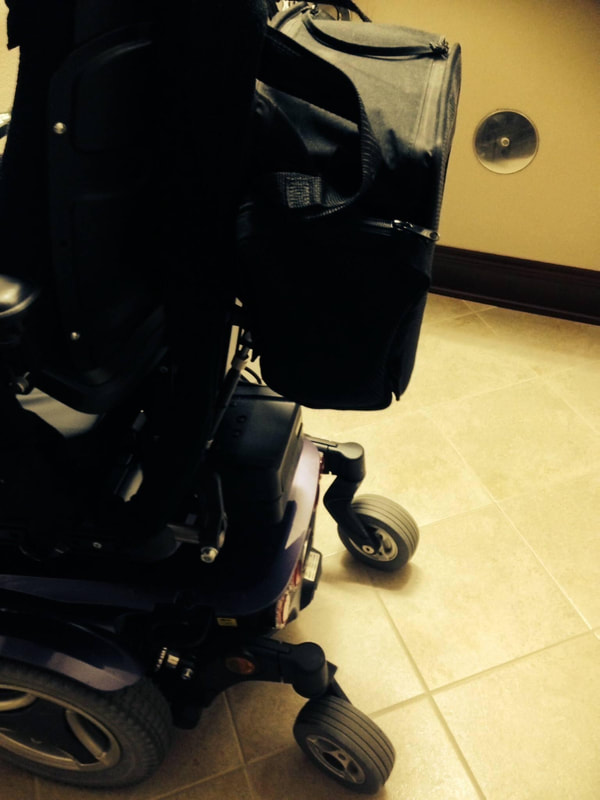
 RSS Feed
RSS Feed